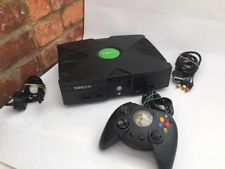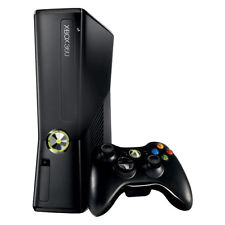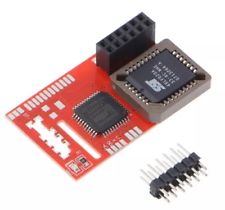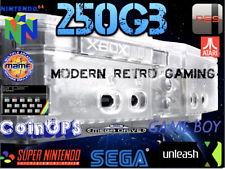- DCEmu Network Home
- DCEmu Forums
- DCEmu Current Affairs
- Wraggys Beers Wines and Spirts Reviews
- DCEmu Theme Park News
- Gamer Wraggy 210
- Sega
- PSVita
- PSP
- PS4
- PS3
- PS2
- 3DS
- NDS
- N64
- Snes
- GBA
- GC
- Wii
- WiiU
- Open Source Handhelds
- Apple Android
- XBOX360
- XBOXONE
- Retro Homebrew & Console News
- DCEmu Reviews
- PC Gaming
- Chui Dev
- Submit News
- ContactUs/Advertise
Social Media |
|
Facebook DCEmu Theme Park News Wraggys Beers Wines and Spirits Youtube Wraggys Beers Wines and Spirits DCEmu Theme Park News Videos Gamer Wraggy 210 Wraggys Twitter |
Buy Xbox |
|
Xbox Original 
|
The DCEmu Homebrew & Gaming Network |
|
DCEmu Portal |
DCEmu Newcomers |
||||||||||
|
||||||||||
|
XBOX EVOLUTION
THE XBOX DIRECTX vs. DIRECTX8 The XBox is using a slightly different DirectX than the DirectX8
we are used to. * DInput has vanished and has been replaces with the gamepad functions. * DShow is no more. A new streaming API has been introduced. * DirectDraw is out (since it was DX7 and earlier only). * The fastest texture format is a "swizzled" format (probably what nvidia uses internally on normal Geforces too, but you never get to see it). If you only use D3DXLoadTexture to load your textures and then don't do anything more with them, you don't need to care. But if you lock a texture and try to just write an image straight in there, it will look seriously weird. You need to use the XGSwizzle functions in the API to reorder the pixels to a format the GPU likes. * DirectX objects are no longer full COM interfaces, but Release() and AddRef remain. This means that it is, just like on the PC, still VERY important that when you recieve an interface through some Create function, after using it you ->Release() it! if you don't do it (Ben_3D does this mistake in some of his tutorials), you will slowly drain your xbox's memory, until it freezes! So be SURE to release all interfaces you recieve. * Lots of old garbage has been stripped out, and some new stuff introduced here and there. There is only Pure mode, no "software emulation" of anything since that would have been silly on a closed platform like the XBox. * The XBox GPU has, unlike the Geforce 3 but like the Geforce 4, two vertex shader units. This has no real implications when programming it other than the nice fact that the programmable vertex processing speed is doubled since it can do two at a time. * You have direct access to the graphics chip's internal push buffers. This is only needed to know about when you want the ultimate performance, and so isn't too useful for simple homebrew stuff. It's pretty cool tho. * Everything runs in kernel mode, so you have access to any memory you want. You never have to unlock textures/buffers, so you can just lock them and retain the pointer. You can mess with the internal data of D3D resource descriptors if you want to, you can upload a huge chunk of data and just tell the XBox that "that is a texture, and that is a vertex buffer" through Register()-functions. This is used by many samples, and the XFONT class. I think this pretty much sums up the most important differences. -ector^XL
The Hottest DCEmu Posters |



